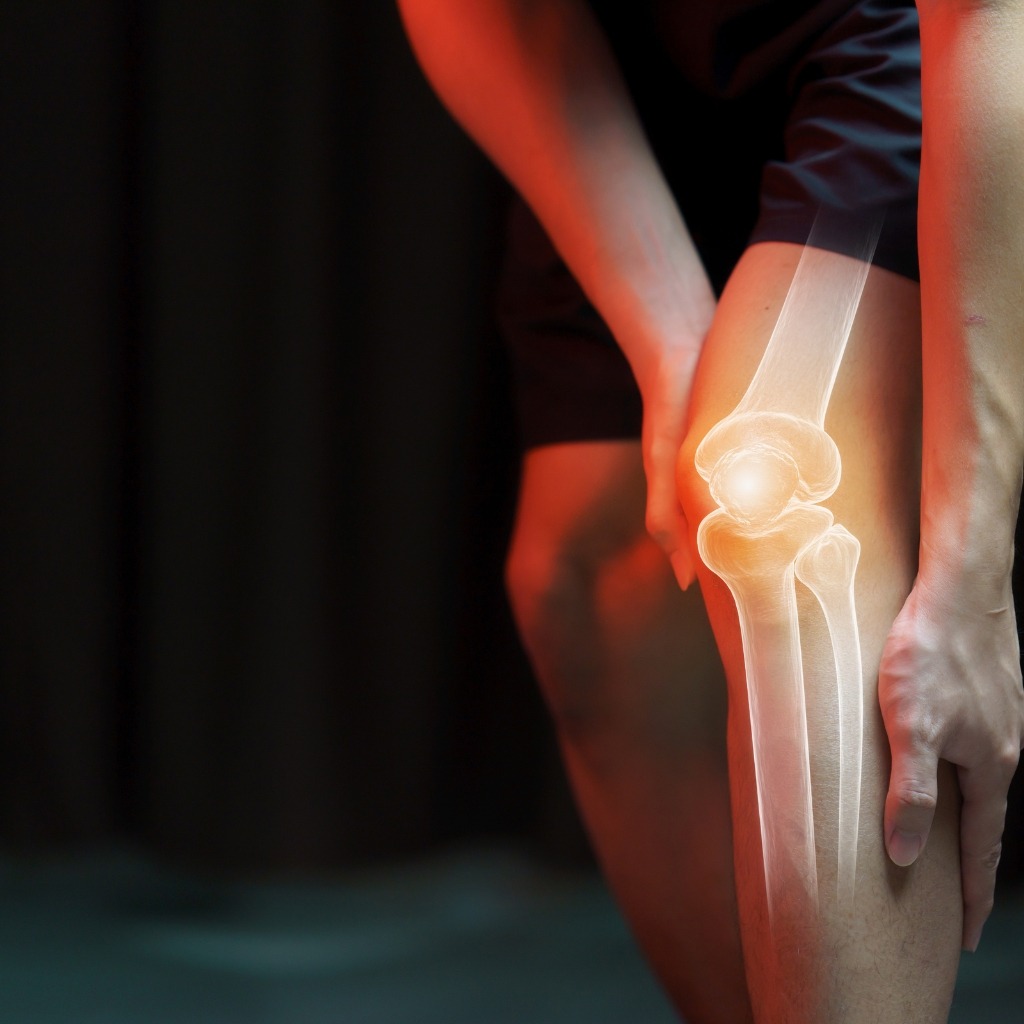
Joint Replacement Surgery
Exploring Joint Replacement Surgery in Orthopedics
Joint replacement surgery, also known as arthroplasty, is a common orthopedic procedure aimed at relieving pain, improving mobility, and enhancing quality of life for individuals with severe joint damage or degenerative conditions. Whether it’s the hip, knee, shoulder, or other joints, joint replacement surgery offers a transformative solution for restoring function and alleviating discomfort. Let’s delve into the world of joint replacement surgery and its impact on orthopedic care.
Understanding Joint Replacement Surgery
Joint replacement surgery involves removing damaged or diseased joint surfaces and replacing them with artificial implants made of metal, plastic, or ceramic materials. The procedure aims to replicate the natural function of the joint, restoring smooth movement and stability while reducing pain and stiffness.
Indications for Joint Replacement
Joint replacement surgery may be recommended for individuals with:
- Osteoarthritis: Degenerative joint disease characterized by cartilage breakdown and joint inflammation.
- Rheumatoid arthritis: Autoimmune condition causing chronic inflammation and joint damage.
- Traumatic injury: Severe fractures or injuries resulting in irreparable joint damage.
- Other degenerative conditions: Such as avascular necrosis, osteonecrosis, or post-traumatic arthritis.
The Surgical Process
Preoperative Evaluation: Before surgery, patients undergo a comprehensive evaluation to assess their overall health, evaluate the severity of joint damage, and discuss treatment goals and expectations with their orthopedic surgeon.
Surgical Procedure: During the procedure, the surgeon removes the damaged cartilage and bone from the joint and implants the artificial prosthesis components. The surgery may be performed using traditional open techniques or minimally invasive approaches, depending on the patient’s condition and surgeon’s preference.
Rehabilitation and Recovery: Following joint replacement surgery, patients undergo a structured rehabilitation program to regain strength, mobility, and function. Physical therapy plays a crucial role in the recovery process, helping patients gradually increase their activity levels and adapt to their new joint function.
Types of Joint Replacement Surgery
- Total Joint Replacement: Involves replacing the entire joint surface with artificial components, commonly performed for hips, knees, and shoulders.
- Partial Joint Replacement: Involves replacing only the damaged part of the joint, preserving healthy bone and tissue, suitable for select cases of knee or hip arthritis.
- Revision Joint Replacement: Involves replacing a previously implanted joint prosthesis that has worn out, become loose, or developed complications.
Benefits of Joint Replacement Surgery
- Pain Relief: Joint replacement surgery effectively alleviates chronic joint pain, enabling individuals to resume daily activities with greater comfort.
- Improved Mobility: By restoring joint function and stability, joint replacement surgery enhances mobility and range of motion, allowing patients to perform activities with greater ease.
- Enhanced Quality of Life: Joint replacement surgery can significantly improve overall quality of life, enabling individuals to regain independence, participate in social and recreational activities, and enjoy a more active lifestyle.
Conclusion
In summary, joint replacement surgery represents a transformative treatment option for individuals with severe joint damage or degenerative conditions. Through advances in surgical techniques, implant materials, and rehabilitation protocols, joint replacement surgery offers significant benefits in terms of pain relief, mobility restoration, and overall quality of life improvement. By working closely with orthopedic surgeons and rehabilitation specialists, individuals undergoing joint replacement surgery can achieve successful outcomes and regain the ability to live life to the fullest.


